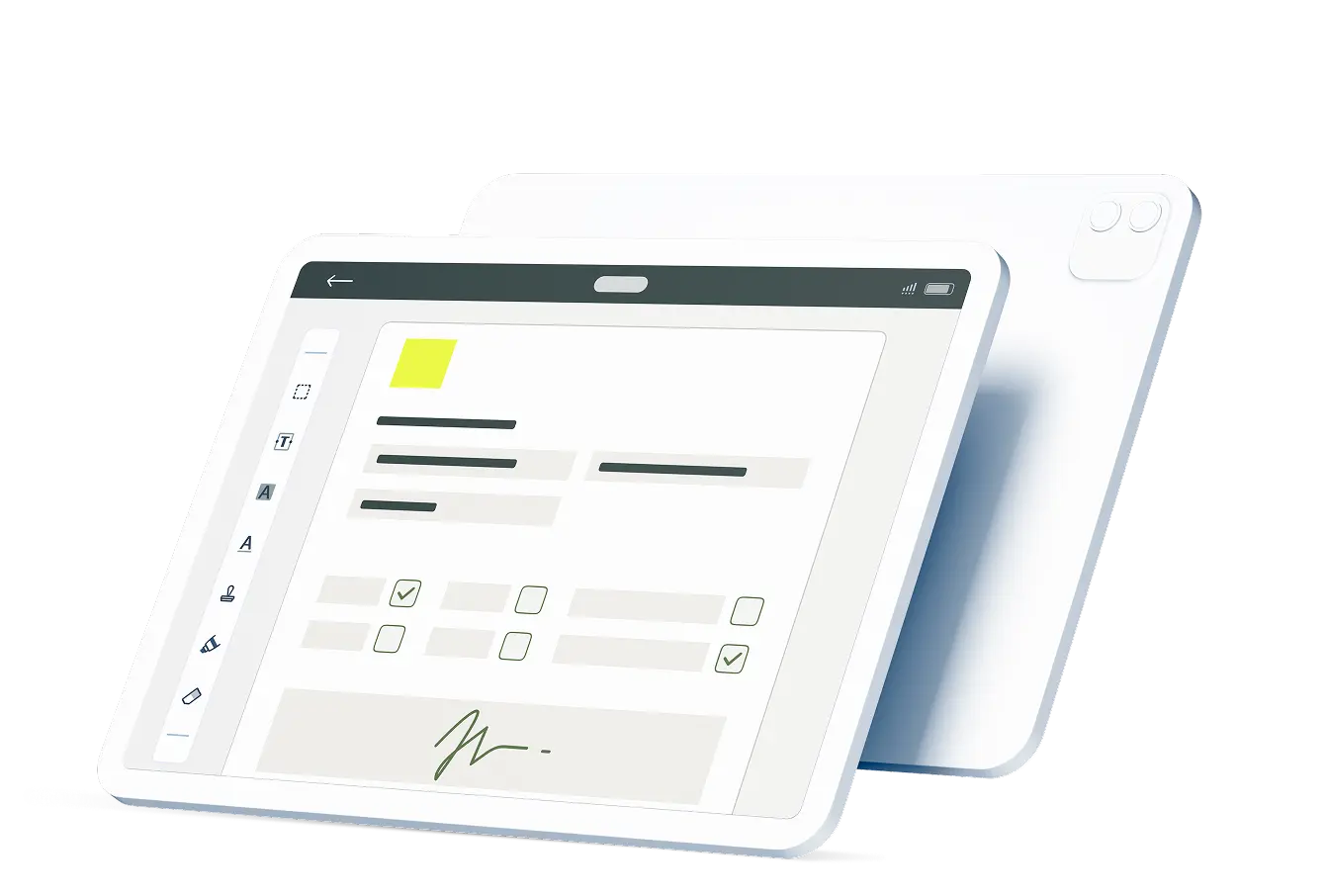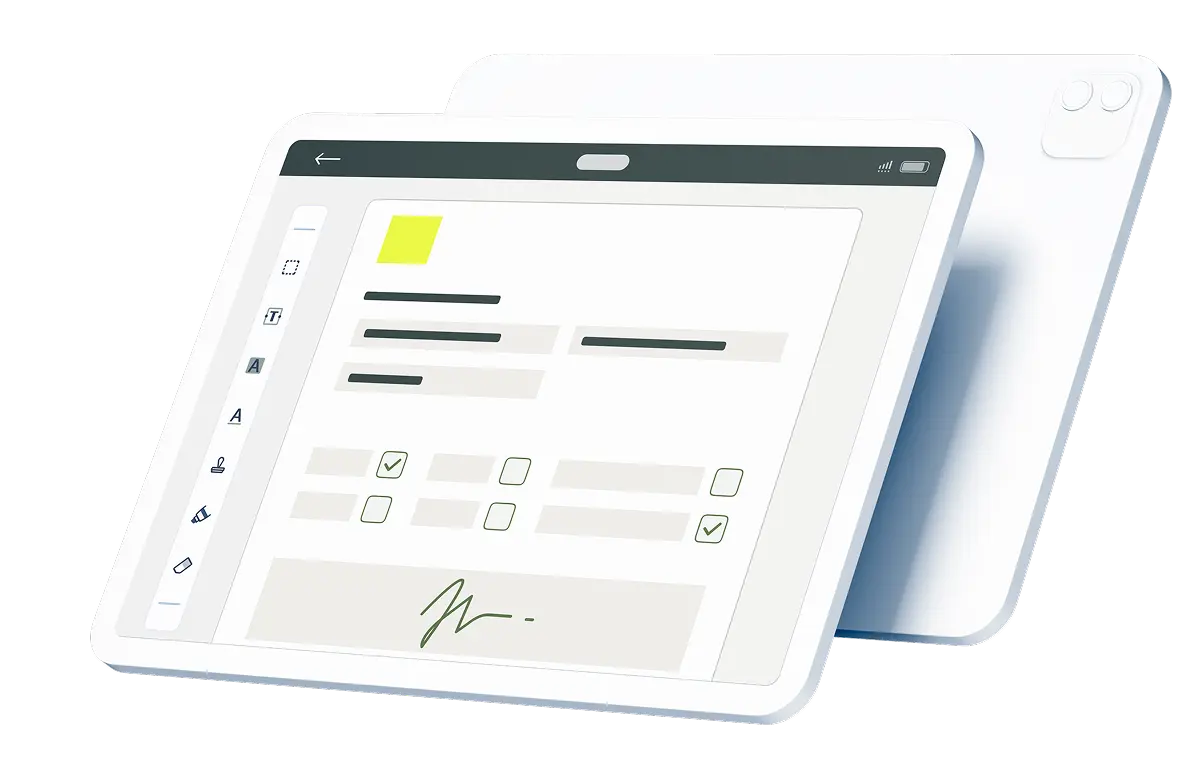Factory audits are important quality checking procedures. The best way to ensure every audit is complete and maintain detailed records involves using a factory audit checklist. A significant percentage of organizations still keep paper records, which are more prone to error or damage than digitized checklists in cloud storage. Here are a few reasons why any enterprise can benefit from making checklists in workflow management software.
Contents:
Complete Audit Checklists Quickly
Digital checklists enable supervisors and employees to quickly and easily review conditions in a factory. These forms are designed to be displayed on mobile devices in the field or computers at a home office for ease of access and completion. In addition to fitting into operational workflows as a periodic check of work conditions, these checklists also serve as documentation of regular inspections.
Stakeholders should keep the conditions under which checklists are completed in mind when deciding whether items can be responded to with a simple “yes” or “no” response or selection, a rating on a set scale, or a brief text response. It is also important to word each item on a checklist in a way that encourages respondents to clearly indicate or describe the status of equipment and operating practices.
One of the main slow-downs that can occur during the completion of a digitized checklist is the lack of availability of internet access or an unstable connection. Stakeholders should seek out a platform that makes it possible for employees to complete checklists offline and automatically syncs their input once a connection is re-established. It may be possible to optimize the design of checklists to facilitate the creation of service tickets or reports based on responses.
Customize a Factory Audit Checklist Template
Operating conditions in factories may be similar, but no two facilities are exactly alike in terms of arrangement, output and staffing. It can be helpful to refer to a general template for factory audits when developing a new checklist. Checklists can be geared toward any of the following outcomes:
- Higher Productivity: A checklist can emphasize efficiency measures.
- Preventative Maintenance: Regular equipment checks identify potential issues.
- Production Capacity: A checklist can confirm facilities for growth.
- Regulatory Compliance: Check for compliance with rules and standards.
- Quality Control: Measure quality management systems and identify improvements.
- Supplier Review: Confirm that a supplier meets all of the relevant requirements.
Each of the individual checks required on a list can come together to promote these or other operational goals. It may take some prior planning to identify all of the elements that are necessary to achieve the primary goal of a checklist.
A single list can lead toward more than one objective. Organizing list items becomes more important as the outcomes associated with the completion of a checklist become more complex. It may also be helpful to create more than one type of checklist for auditing factory conditions to be completed at set intervals.
Monitor Supplier Quality Standards
Confirmation of regulatory compliance across supply chains is one of the most common uses for factory audit checklists. These audits may be performed by inspectors from a manufacturer or vendor who maintains quality standards that extend to the components that are used in production. Other types of checklists may be used by officials monitoring adherence to regulatory requirements.
Most checklists intended for factory audits account for the Quality Management System of a supplier and ensure that standards across the supply chain are consistent with those that apply to end products. It may be necessary for manufacturers or vendors to screen suppliers on a regular basis to ensure that the quality of components remains as consistent as possible. It may also be necessary to develop a new factory audit checklist when changing suppliers.
A checklist for a factory used by a supplier should acknowledge particular types of inventory in addition to relevant industry standards or government regulations. Organizations may need to incorporate several types of audit and compliance checklists at various points in a workflow as part of their compliance management software.
Make Production Practices Transparent
A checklist encourages a supervisor or trained staff member to consider all of the ways that supplier practices can affect end products. If a company participates in programs that dictate a particular approach to production methods, these checklists can ensure that no misrepresentation occurs at any stage in the process.
Checklists can indicate that every aspect of an organization workflow is being accounted for and also serve as documentation for external approval for inspection or regulatory purposes. A properly prepared checklist can identify potential pitfalls in terms of the quality of components or end products and may even point out inefficiencies that could lead an organization to change suppliers or take other measures to optimize productivity or ensure quality.
When employees fill out a factory audit checklist on a regular basis, an organization is better prepared to both take a preventative approach to maintenance and maintain higher productivity and quality control standards. A factory audit checklist template can be helpful for identifying the types of checks supervisors or trained workers must perform on a regular basis. The items on a checklist should correspond to all operational management priorities.

